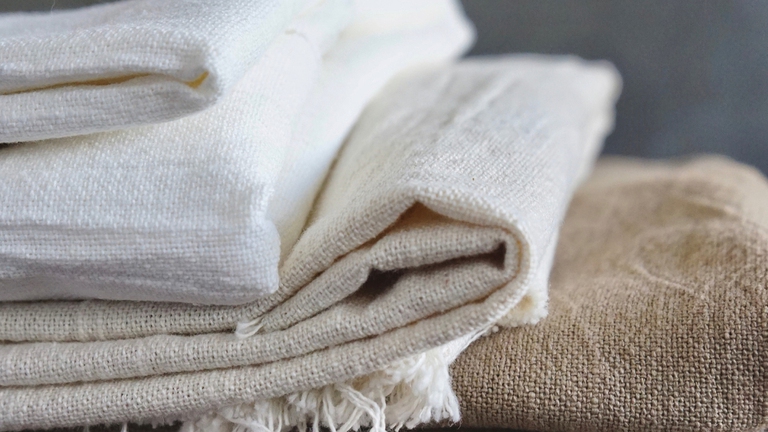https://www.lifegate.it/lino-barometro-2021
- |
Learn more about the distribution of linen and the perception that consumers around the world have of it.This is the intent that drove the European Flax and Hemp Confederation (CELC) to promote international market research Flax Barometer 2021, whose results have revealed very interesting scenarios for the future of flax.
Flax Barometer 2021:the survey
The research was conducted on a sample of 6600 interviewed distributed equally in six different countries around the world:France, Italy, the United Kingdom, the United States and, for the first time, China and India.
THE'clothing and the home textile were both the subject of the survey, which aimed to measure the attractiveness of linen fiber and purchasing intentions in the short and medium term.

Intentions to purchase linen
According to the data collected during the interviews, consumers demonstrated slightly more inclined to purchase linen clothing rather than household linen in the next twelve months.In this case, India and China are among the first countries to lead this trend, recording 75.2 and 82 percent of affirmative responses respectively.
The trend has found different justifications from country to country:for example, in France linen fiber was particularly appreciated for its lightness And comfort (about 75.8 percent of those interviewed), but also for the style of products (around 45.9 percent).On the contrary, 78.6 percent of the Italians interviewed proved to be more attracted by freshness of the leaders and likewise the Chinese, who also praised thelimited environmental impact.
In addition to France, the style of the products was also mentioned several times by consumers in the United Kingdom (45.4 percent) and India (50 percent), while the informal look proved to be the main prerogative for US consumers ( 46.9 percent).
Linen is very popular and is, after cotton, among the most cited as favorite fiber, both in relation to clothing and the world of furniture.This trend is certainly the result of a general reversal which has shown a large part of the consumers interviewed to be more inclined to purchase clothing and home textiles made with natural fabrics, rather than with artificial and synthetic materials.The only exceptions found were India and the United States which continue to prefer synthetic and artificial materials for the home world.

How linen is perceived by consumers
What image do linen consumers have?And how much do they know him?Most participants in the international survey associated linen with clothing items such as a summer dress, one Shirt, one jacket or one kurta, while only a small part perceives this fiber for trousers, t-shirts or men's suits.The perception of linen with regards to household linen, however, focuses more on the consideration of this fiber for curtains And sheets, rather than for sofas and tablecloths.
In all the countries involved in the survey, however, consumers recognized linen as precious material and they justified it high cost.Except for the United Kingdom which was slightly more sceptical:only 51 percent of British respondents agree on the value of linen, compared to 68.1 percent in Italy, 59 percent in India, 55.5 percent in China, 55.3 percent in France and 53.7 percent of the United States.

Ecological and environmentally friendly fibre
From interviews conducted in the six countries, flax was widely recognized as one of the more environmentally sustainable materials along with cotton and wool.In particular, among the most sustainable fibres, it earned third place in the United Kingdom (51.6 percent), second place in India (51.9 percent) and the United States (41.7 percent), and first place in Italy (68.2 percent), France (60.1 percent) and China (73.1 percent).
Despite widespread awareness of the virtues of linen and its purely European origin, the consumers interviewed nevertheless declared that they wanted to receive more information regarding the traceability et al respect for workers' rights along the entire supply chain of purchased products.

Certified European supply chain
What clearly emerges from the survey by the European Confederation of Linen and Hemp (CELC) is that consumers are inclined to purchase linen fashion items or furniture, as long as some fundamental values are guaranteed, including a environmentally friendly production and clear traceability.
For this reason, Celc has introduced its certification European Flax® which ensures the European origin and quality of the fibre, as well as the environmental and social responsibility of the partner companies.
